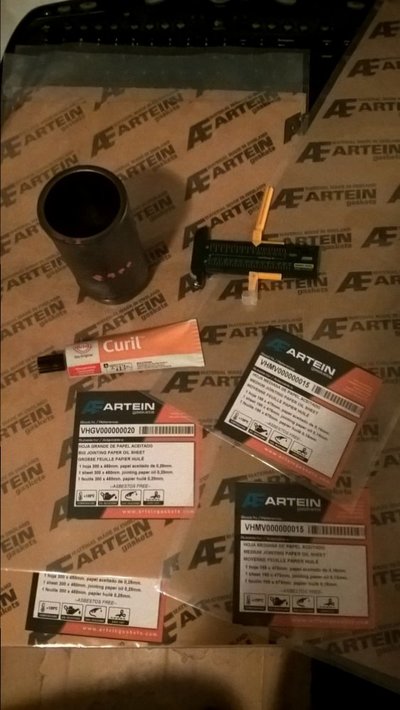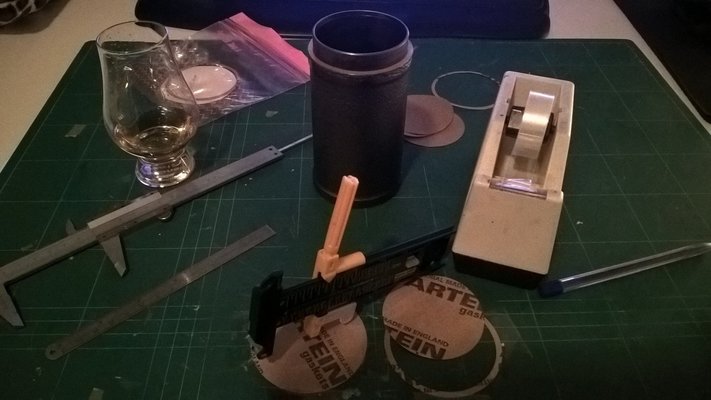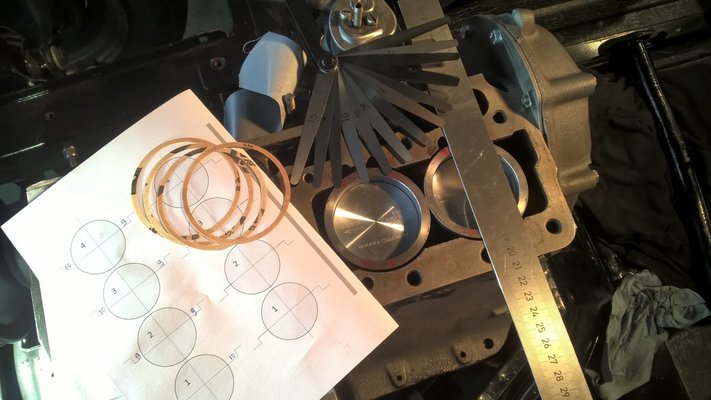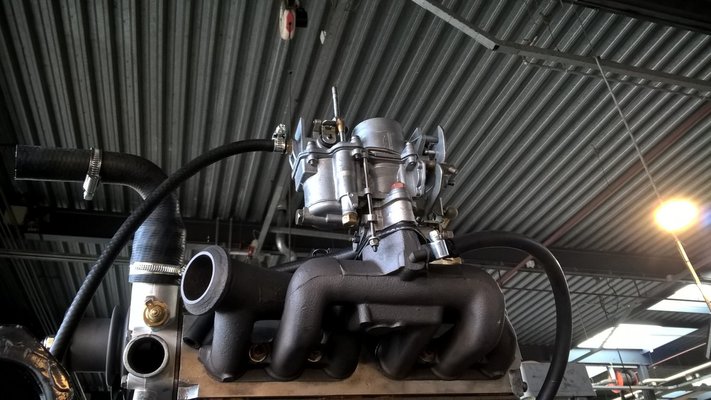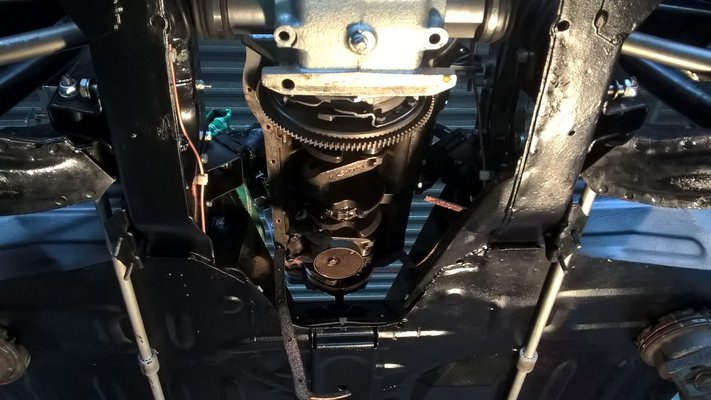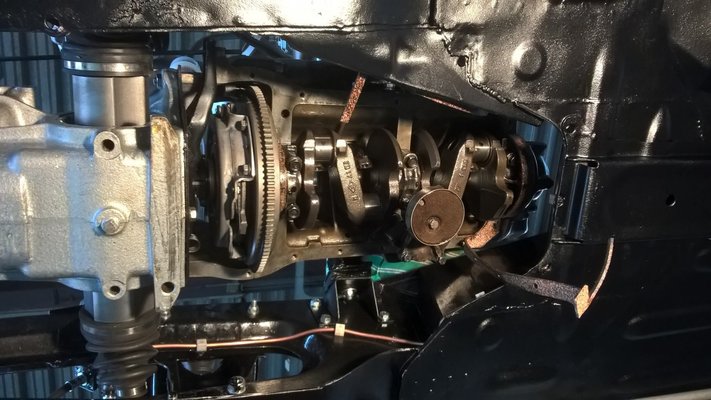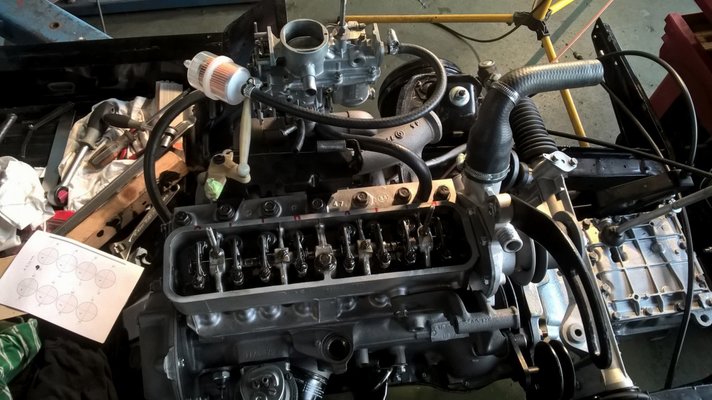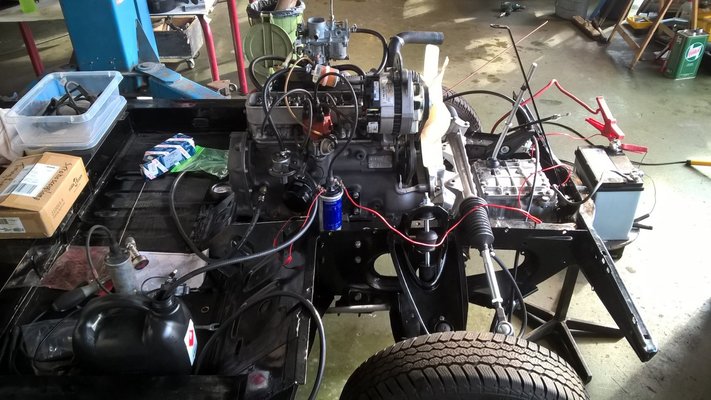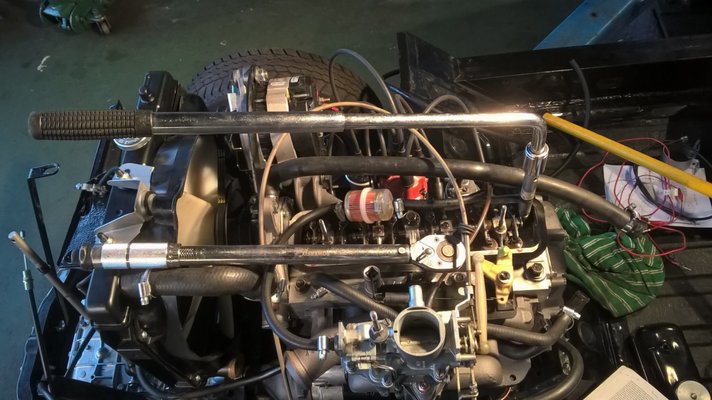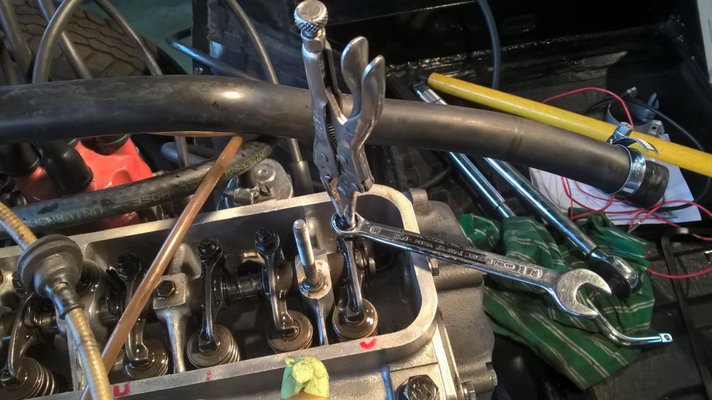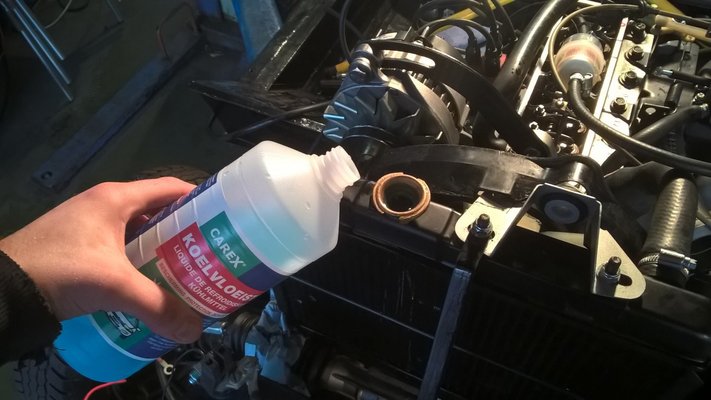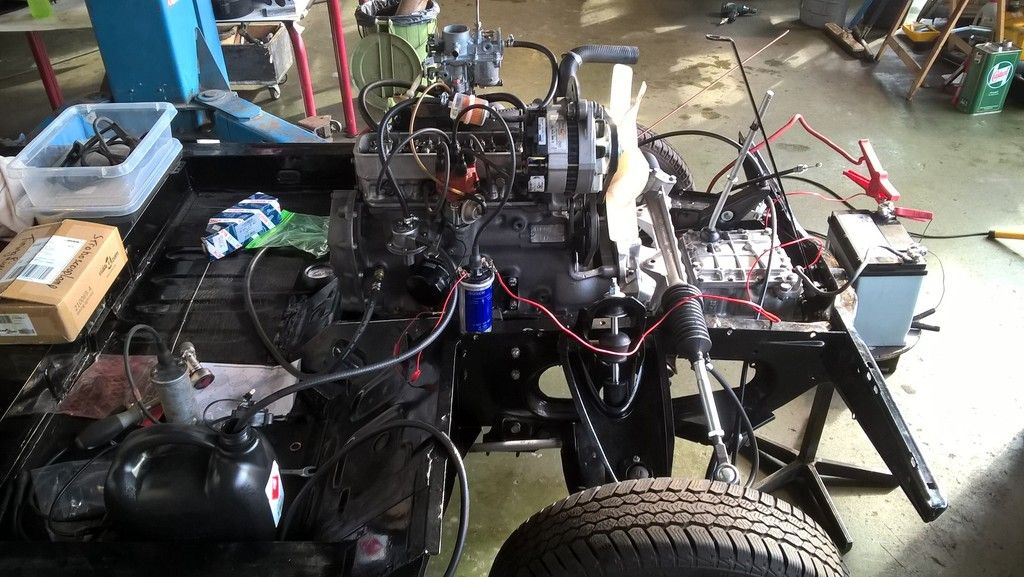harbourseal
Renault R4 Lunatic
- Messages
- 1,045
- Location
- Breda The Netherlands
Hi Jurjen,
I agree with Mojobaby.
Clean out the rims as much as possible and start measuring again. These thin paper seals actually do the job. As long as everything is super clean.
2 paper seals wil leak. if you don't trust it you can try to make an extra seal with thinned out epoxy or with 2 component paint. But it is really not necessary to do that.
Regards, Robert
I agree with Mojobaby.
Clean out the rims as much as possible and start measuring again. These thin paper seals actually do the job. As long as everything is super clean.
2 paper seals wil leak. if you don't trust it you can try to make an extra seal with thinned out epoxy or with 2 component paint. But it is really not necessary to do that.
Regards, Robert






